Introduction
In recent years, gardening has blossomed into a beloved pastime for many, and with it comes the need for safe and sustainable materials. One such material that has garnered attention is composite decking, particularly Trex, which raises the question: is Trex safe for raised garden beds? As more gardeners seek innovative solutions to enhance their outdoor spaces, understanding the benefits of using composite decking for yard beds becomes essential.
Understanding Composite Decking and Safety
Composite decking is a modern alternative to traditional wood, crafted from a blend of recycled materials and plastic fibers. This unique composition not only offers durability but also poses questions regarding safety in gardening applications. When considering if Trex is safe for raised garden beds, it's crucial to delve into its safety standards and the compounds used in its production.
The Growing Popularity of Garden Beds
The trend of creating raised garden beds has surged as people strive to grow their own vegetables and flowers in limited spaces. These elevated gardens provide better drainage, improved soil quality, and easier access for maintenance. With this rise in popularity comes an increased interest in material choices that can withstand weather elements while ensuring the health of plants—enter composite decking.
Importance of Material Choices in Gardening
Choosing the right materials for garden beds can significantly affect plant growth and sustainability practices. The decision between traditional products like wood or innovative options such as composite decking can impact not just aesthetics but also longevity and maintenance efforts. By contrasting composite decking to traditional products, gardeners can make informed choices that enhance their gardening experience while prioritizing safety.
What is Composite Decking?
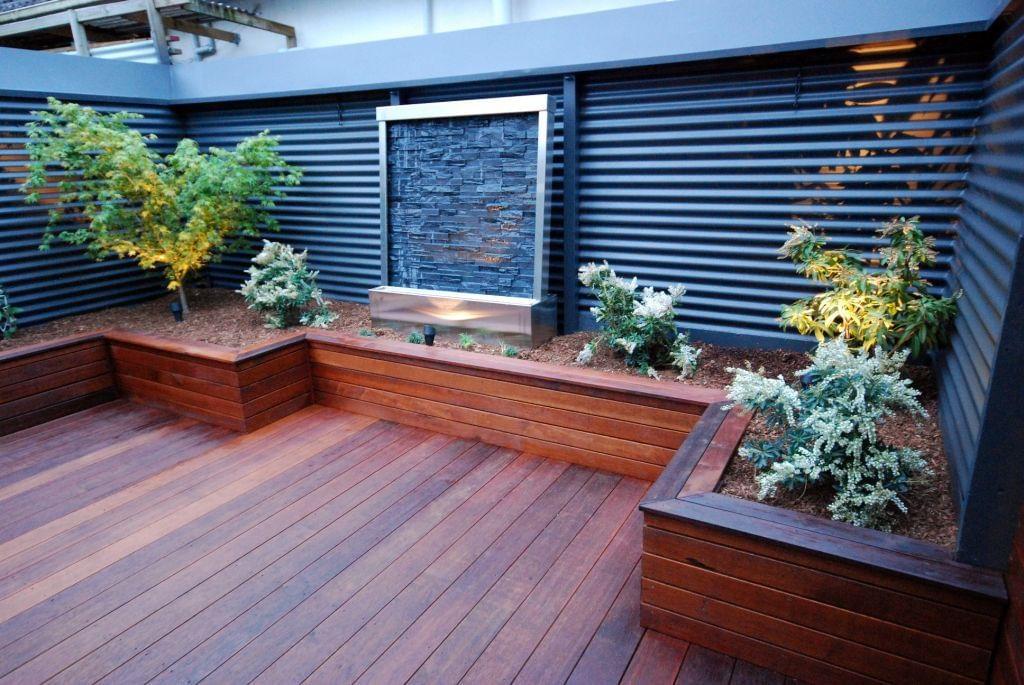
Composite decking is revolutionizing outdoor spaces with its unique blend of materials, offering a modern solution for both aesthetics and functionality. It typically consists of a mixture of wood fibers and recycled plastic, resulting in a durable product that mimics the appearance of traditional wood while sidestepping many of its drawbacks. This innovative material has gained traction not just for decks but also for garden beds, prompting questions like is Trex safe for raised garden beds?
Definition and Composition
At its core, composite decking combines wood particles with high-density polyethylene (HDPE) or polyvinyl chloride (PVC), creating a robust material that resists warping and splintering. The precise formulation can vary by brand, but the goal remains the same: to provide a long-lasting alternative to natural wood without the environmental impact associated with deforestation. This unique composition makes composite decking an appealing choice for gardeners looking to create raised beds that stand the test of time.
Overview of Popular Brands
Other notable brands include TimberTech and Fiberon, each offering their own take on durability and design. As interest in using these materials for gardening grows—especially regarding questions like is Trex safe for raised garden beds?—it’s essential to explore each brand's offerings thoroughly.
Key Features of Composite Materials
One standout feature of composite materials is their resistance to fading and staining, ensuring your yard beds maintain their fresh appearance season after season. Additionally, they are designed to be slip-resistant and splinter-free, making them safe options for families with children or pets wandering around the garden area. These benefits contribute significantly when considering Benefits of Using Composite Decking for Yard Beds, as they promise not only longevity but also ease in maintenance compared to traditional wooden alternatives.
Is Trex Safe for Raised Garden Beds?
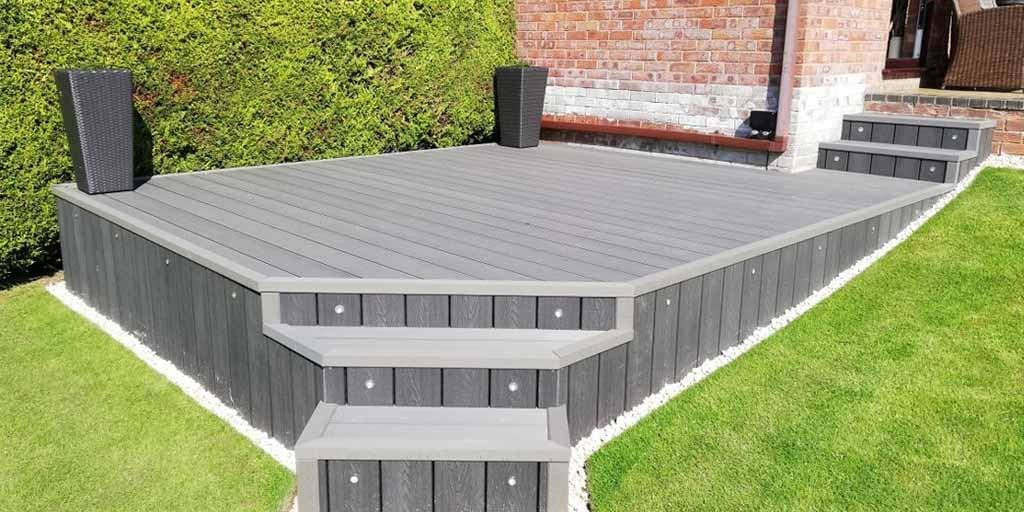
When it comes to gardening, particularly with raised garden beds, safety is a top priority. Many gardeners are asking, Is Trex safe for raised garden beds? This inquiry stems from the need to ensure that the materials used won't leach harmful substances into the soil or affect plant health. In this section, we’ll delve into Trex’s safety standards and explore what makes it a popular choice among gardeners.
Analysis of Trex's Safety Standards
Trex has established itself as a leader in composite decking, and part of its appeal lies in its commitment to safety standards. The brand adheres to rigorous testing protocols that evaluate the potential leaching of chemicals from its products. This ensures that when you’re using Trex for your raised garden beds, you can rest easy knowing that it meets strict guidelines and is designed with consumer health in mind.
Moreover, Trex products are made from recycled materials, which not only contributes to sustainability but also minimizes environmental risks associated with traditional wood treatments. These safety measures make it clear why many gardeners consider “is Trex safe for raised garden beds” as a question worth exploring further. Ultimately, the combination of stringent testing and eco-friendly practices positions Trex as a viable option for those looking to create beautiful and safe garden spaces.
Compounds Used in Trex Products
Understanding what goes into Trex products can help alleviate concerns about their use in gardening applications. Primarily composed of reclaimed wood fibers and recycled plastic, these materials are engineered to be durable while being largely free from harmful chemicals commonly found in treated lumber. This unique composition raises an important point: unlike traditional wood options that may contain arsenic or other toxic preservatives, composite decking like Trex significantly reduces exposure risks.
Additionally, some might wonder about additives used during manufacturing processes; however, most formulations prioritize non-toxic compounds aimed at enhancing performance without compromising safety. With this knowledge at hand, it's easier to answer the question: Is Trex safe for raised garden beds? The focus on using safer materials supports healthy plant growth while ensuring peace of mind for conscientious gardeners.
Expert Opinions on Trex for Gardening
Expert opinions regarding the use of composite decking like Trex in gardening contexts tend to be overwhelmingly positive. Many horticulturists endorse its durability and resistance against common issues such as rot and pests—key benefits when considering options for yard beds. They often highlight how these attributes contribute not only to long-lasting structures but also promote healthier growing environments by reducing chemical exposure.
Moreover, experts frequently compare composite decking's advantages over traditional products like treated wood—pointing out that while both have their merits, composites offer superior longevity without requiring constant maintenance or replacement costs over time. As such discussions unfold within gardening communities online and offline alike, it's clear that many agree on one thing: when evaluating if is Trex safe for raised garden beds, the consensus leans towards affirmation based on solid reasoning backed by research.
Benefits of Using Composite Decking for Yard Beds
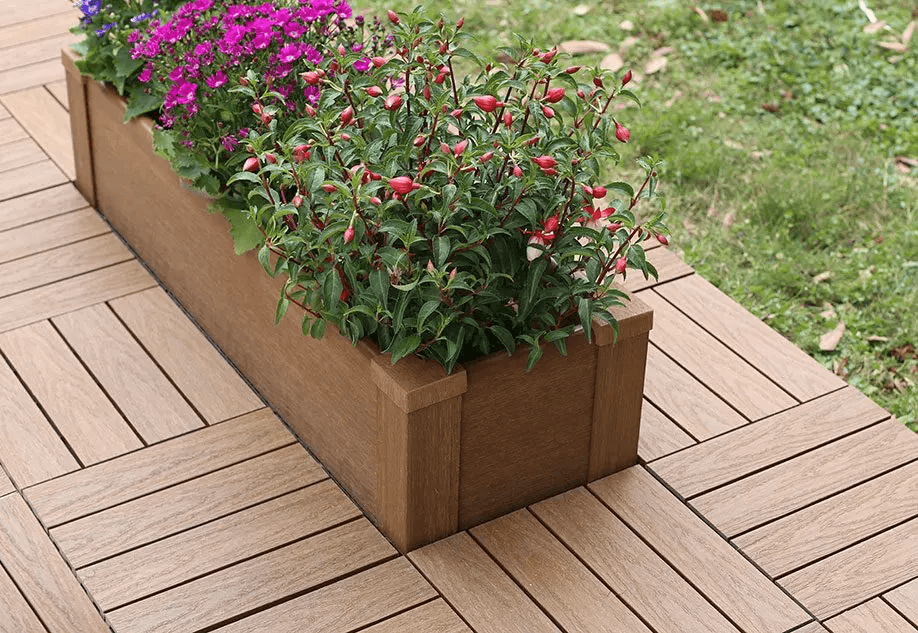
When it comes to creating raised garden beds, the choice of materials can significantly affect both the aesthetics and functionality of your gardening project. One increasingly popular option is composite decking, which offers a range of benefits that can enhance your gardening experience. Let's explore why using composite decking, such as Trex, might just be the best decision for your yard beds.
Durability and Longevity Explained
One of the standout benefits of using composite decking for yard beds is its exceptional durability and longevity. Unlike traditional wood that can warp, splinter, or rot over time, composite materials are engineered to withstand the elements without losing their structural integrity. This means you won't have to worry about replacing your garden beds every few years—composite solutions like Trex can last decades with minimal wear and tear.
Moreover, when considering whether is Trex safe for raised garden beds, it's essential to note that its robust design also protects against UV rays and harsh weather conditions. This resilience ensures that your investment in garden beds will pay off over time as you enjoy beautiful blooms season after season. With proper care and installation practices outlined in later sections, you’ll find that these materials hold up remarkably well against nature’s challenges.
Resistance to Pests and Rot
Pests are every gardener's worst nightmare; they can ruin a thriving garden before you even realize they're there! Fortunately, one significant advantage of using composite decking in raised garden beds is its inherent resistance to pests and rot. Unlike untreated wood that can attract termites or other destructive insects, composite materials are not a natural food source for these critters.
Additionally, the moisture-resistant properties of composites mean they won’t absorb water like traditional wood does—this drastically reduces the chances of rot setting in over time. So if you're wondering if is Trex safe for raised garden beds, rest assured knowing it actively works against common threats like mold and decay while keeping your plants healthy and happy.
Low Maintenance Benefits for Gardeners
Gardening should be a joyful experience rather than a chore filled with constant upkeep! That's where one of the key benefits of using composite decking comes into play: low maintenance requirements! With traditional wooden structures requiring regular sealing or staining to maintain their appearance and integrity, composite options allow gardeners more time to focus on planting instead of repairing.
With just an occasional rinse or wipe down needed to keep them looking fresh, you'll find yourself spending less time maintaining your yard beds made from composites like Trex compared to traditional products. Plus, because they don’t splinter or crack easily, you won’t have to worry about injuries while tending to your plants—a definite win-win situation! Choosing composite materials not only simplifies maintenance but also enhances your overall gardening experience.
Contrasting Composite Decking to Traditional Products
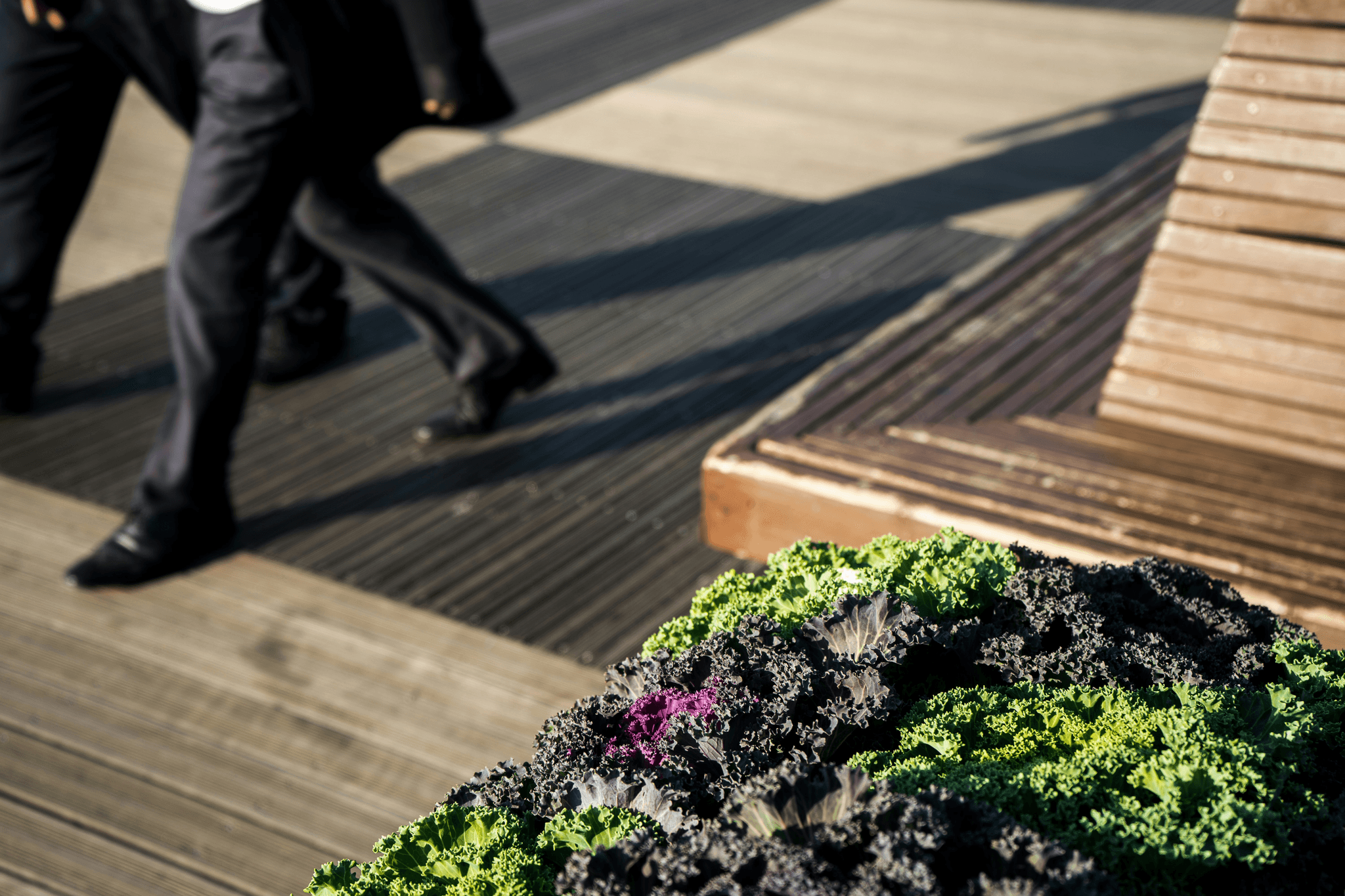
When it comes to choosing materials for raised garden beds, the debate between composite decking and traditional wood products is quite lively. While wood has been the go-to option for many years, composite decking offers a modern alternative that is gaining popularity among gardeners. In this section, we’ll explore how these two materials stack up against each other in terms of durability, maintenance, and overall performance.
Comparing Wood and Composite Decking
Wood has its charm—nothing beats the classic look of natural timber in a garden setting. However, when you compare wood to composite decking like Trex, several factors come into play that can tip the scales in favor of composites. For starters, composite decking is engineered to withstand moisture and pests far better than traditional wood; while wood can warp and rot over time, composite materials remain stable and robust.
Another aspect worth considering is maintenance: wooden raised beds require regular sealing or staining to keep them looking good and functioning well. On the other hand, one of the benefits of using composite decking for yard beds is that they are virtually maintenance-free—no need for sanding or staining every few years! So if you're leaning towards an easier gardening experience with less upkeep, composite options may be your best bet.
Environmental Impact Considerations
When discussing contrasting composite decking to traditional products like wood, environmental impact is a significant factor to consider. Traditional lumber often comes from unsustainable logging practices that can lead to deforestation and habitat destruction. In contrast, many composite brands utilize recycled materials in their products—Trex itself claims that it incorporates plastic waste into its boards—which helps reduce landfill contributions.
Moreover, composites have a longer lifespan than most woods used for garden beds; this longevity translates into less frequent replacement and lower overall resource consumption over time. If you're environmentally conscious but still want durable raised beds without compromising aesthetics or safety (is Trex safe for raised garden beds?), then opting for composites could align perfectly with your values.
Cost-Effectiveness Over Time
While initial costs might make some gardeners hesitate when considering whether is Trex safe for raised garden beds, it's crucial to look at long-term value rather than just upfront expenses. Although wooden boards may seem cheaper at first glance, their susceptibility to damage means they often require replacement sooner than expected—a cost that adds up quickly! In contrast, because of their durability and low-maintenance nature, investing in composite decking can save you money over time as you won't have ongoing repair or replacement costs.
Additionally, those who choose traditional wood may find themselves spending more on treatments like preservatives or sealants to prolong their lifespan—a price tag that doesn't come with composites! Therefore, when weighing your options between these two types of materials for your garden project (and considering ideal practices for setting up composite decking in garden beds), think about how much you’re willing to spend both now and down the road.
Ideal Practices for Setting Up Composite Decking in Garden Beds
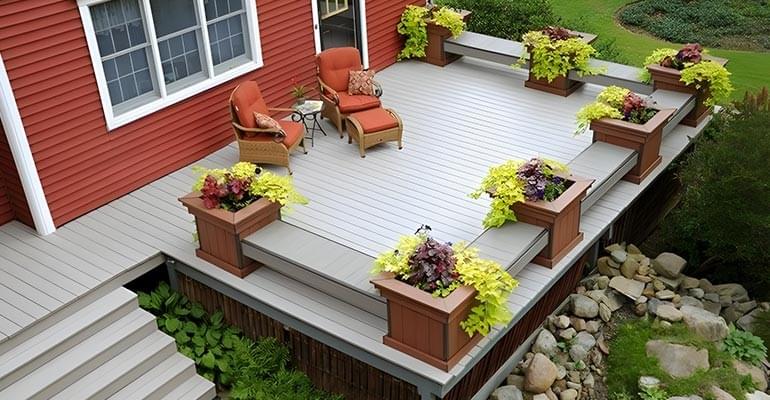
Setting up composite decking in garden beds can be a game-changer for your gardening experience. By following some ideal practices, you can ensure that your investment in materials like Trex pays off while providing a safe and effective environment for your plants. Whether you're curious about is Trex safe for raised garden beds or simply looking to maximize the benefits of using composite decking for yard beds, these tips will guide you through the process.
Preparation and Installation Tips
Before diving into installation, it's crucial to prepare the area where your garden bed will reside. Start by selecting a level location that receives adequate sunlight and is easily accessible for maintenance. Once you've chosen the spot, clear away any grass or debris, and consider laying down landscaping fabric to suppress weeds — this step ensures that your composite materials won’t be compromised by unwanted growth.
You’ll want to create a sturdy frame using treated lumber or additional composite boards as needed; this not only enhances durability but also aligns with contrasting composite decking to traditional products like wood. Finally, remember to leave some space between the boards during installation — this allows for proper drainage and air circulation around your plants.
Essential Tools and Materials Needed
Having the right tools on hand can make all the difference when setting up composite decking in garden beds. Essential tools include a power drill, saw (preferably a miter saw), measuring tape, level, and safety goggles; these will help ensure precision as you cut and assemble your materials. Additionally, consider investing in a quality rubber mallet—this handy tool can assist with snugly fitting boards without causing damage.
As far as materials go, you'll need high-quality composite boards (like Trex), screws designed specifically for composites, landscaping fabric if you're suppressing weeds, and possibly some gravel or mulch for drainage purposes at the base of your garden bed. Keeping an eye on what’s needed helps streamline the process while ensuring you’re not making multiple trips to the hardware store mid-project!
Maintenance Best Practices for Longevity
Once you've set up your raised garden beds with composite decking, maintaining them properly is key to longevity—especially if you're wondering about is Trex safe for raised garden beds in terms of upkeep too! Regularly check for any debris accumulation on top of the boards; cleaning them periodically with soap and water will keep them looking fresh while preventing mold or mildew from forming over time.
Another tip is to monitor soil moisture levels closely; while one of the benefits of using composite decking for yard beds is its resistance to rot, it's still important not to let water pool excessively around the base of your plants. Lastly, inspect joints and connections annually—tightening screws or replacing any damaged components early on can save you from larger issues down the road.
Conclusion
In summary, the use of composite decking materials, particularly Trex, in gardening applications has garnered significant attention in recent years. As we assess the overall safety of composite decking for raised garden beds, it becomes evident that these materials offer a blend of durability and environmental benefits that traditional options often lack. With careful consideration of the right practices and products, gardeners can create vibrant and sustainable growing spaces.
Assessing the Overall Safety of Composite Decking
When pondering whether is Trex safe for raised garden beds, it's essential to delve into its composition and safety standards. Trex is made from a blend of recycled wood fibers and plastic, which minimizes harmful chemicals that could leach into your soil. Numerous studies have shown that when properly installed and maintained, composite decking poses minimal risk to plants and soil health.
Moreover, the Benefits of Using Composite Decking for Yard Beds extend beyond just safety; these materials are also resistant to pests and rot while providing a long-lasting solution for your gardening needs. This resistance means less worry about replacing rotting wood or dealing with insect infestations that can plague traditional wooden beds. As you weigh your options, consider how composite decking can enhance both the aesthetics and functionality of your garden space.
Choosing the Right Brand for Your Garden
Selecting the right brand is crucial when considering composite materials for gardening projects. While there are several brands available on the market, not all offer equal quality or safety assurances—this is where questions like “is Trex safe for raised garden beds?” come into play again. It's advisable to research brands thoroughly and look for those with positive reviews regarding their environmental impact and longevity.
Additionally, comparing different options allows you to explore various features such as color choices, textures, and warranties offered by manufacturers. The Contrasting Composite Decking to Traditional Products highlights how some brands stand out with unique offerings tailored specifically for gardens—making them worthy contenders in your selection process. Ultimately, investing time in choosing a reputable brand will pay off in terms of performance and peace of mind down the line.
Final Thoughts on Gardening with Composite Decking Inc
As we wrap up our exploration into gardening with composite decking like Trex, it’s clear that this material presents numerous advantages worth considering for any green thumb enthusiast. Not only do they provide practical solutions through their Benefits of Using Composite Decking for Yard Beds but they also align well with sustainable gardening practices due to their eco-friendly nature.
Incorporating best practices such as appropriate installation techniques will ensure longevity while enjoying your beautiful garden setup using these innovative materials—so don’t forget about Ideal Practices for Setting Up Composite Decking in Garden Beds! In conclusion, whether you're an experienced gardener or just starting out on this journey, embracing composite decking could be one step closer to cultivating a thriving outdoor sanctuary.
